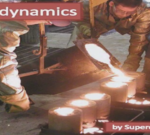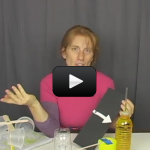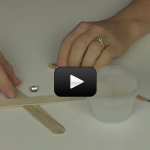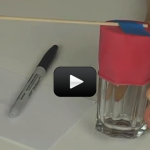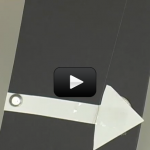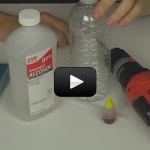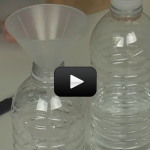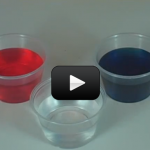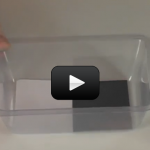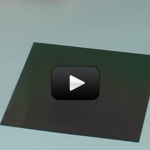Getting Started
The amazing planet we live on is made up of so many different elements, the first of which is weather. Being able to predict tomorrow’s weather is one of the most challenging and frequently requested bits of information to provide. Do you need a coat tomorrow? Will soccer practice be canceled? Will the crops freeze tonight?
One of the greatest leaps in meteorology was using numbers to predict the flow of the atmosphere. The math equations needed for these (using fluid dynamics and thermodynamics) are enough to make even a graduate student quiver with fear. Even today’s most powerful computers cannot solve these complex equations! The best they can do is make a guess at the solution and then adjust it until it fits well enough in a given range. How do the computers know what to guess?
We’re going to build our own homemade weather station and start keeping track of weather right in your own home town. By keeping a written record (even if it’s just pen marks on the wall), you’ll be able to see how the weather changes and even predict what it will do, once you get the hang of the pattern in your local area. For example, if you live in Florida, what happens to the pressure before the daily afternoon thunderstorm? Or if you live in the deserts of Arizona, what does a sudden increase in humidity tell you?
By the end of the labs in this unit, students will be able to:
- Identify and describe various weather instruments.
- Represent data in tables and graphs to describe typical weather conditions expected during a particular season.
- Obtain and combine information to describe climates.
- Design and build an experiment that is able to track clouds across the sky.
- Explore ways to measure temperature and pressure of the atmosphere.
- Understand what humidity is a measure of, and how to record its daily values.
- Differentiate observation from inference (interpretation) and know scientists’ explanations come partly from what they observe and partly from how they interpret their observations.
- Measure and estimate the weight, length and volume of objects.
- Formulate and justify predictions based on cause-and-effect relationships.
- Conduct multiple trials to test a prediction and draw conclusions about the relationships between predictions and results.
- Follow a set of written instructions for a scientific investigation.

